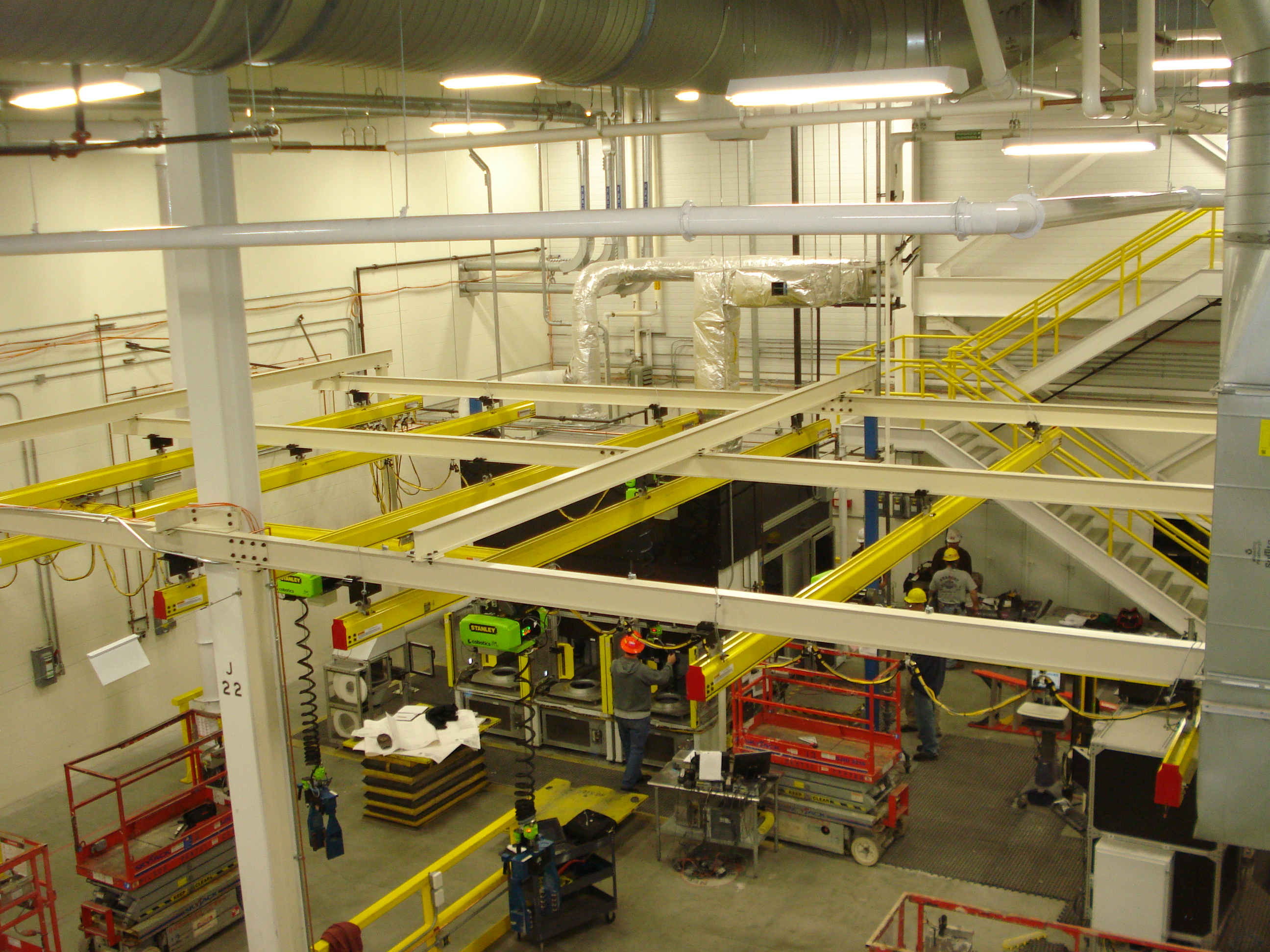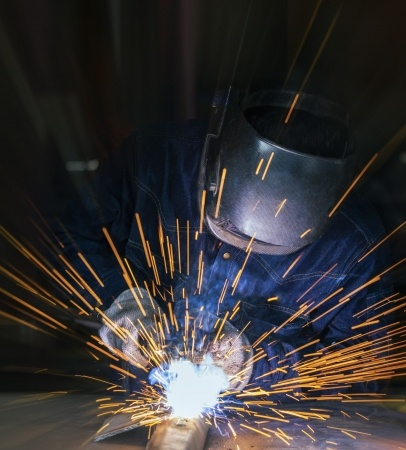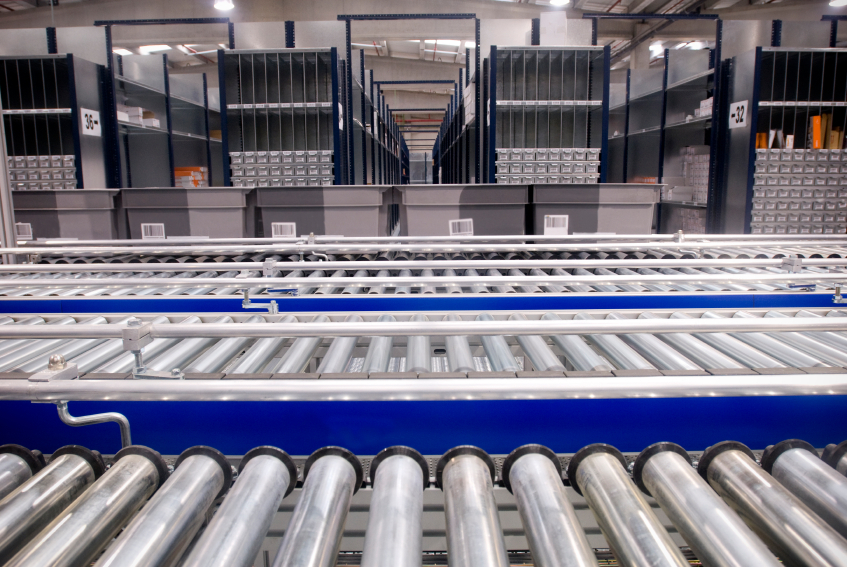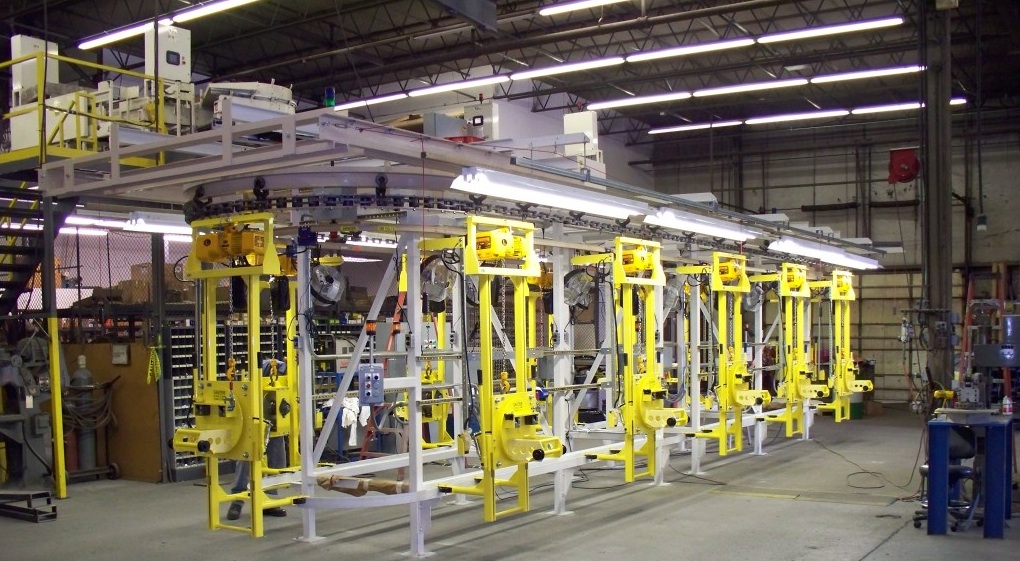For years, Bay Industrial Group has provided custom solutions across a variety of industries — automotive, pharmaceutical, woodworking, steel, railroad, and appliance industries as well as others. Such Light Duty Overhead Crane equipment projects have included:
- Workstation Cranes
- Manipulators
- Intelligent Assist Devices
- Rigid Fall Protection
- Monorails
- Power and Free Systems
- Jib Cranes
- Gantry Systems
OSHA regulates overhead crane safety through 29 CFR 1910.179, overhead and gantry cranes. This regulation covers general requirements, design, inspection, maintenance requirements and operations. At Bay Industrial Group, we’ll take care of ensuring that all design requirements are met, while it’s up to you to ensure that the designated crane operator is licensed as such; that all proper, and necessary inspections are carried out; and that all maintenance is performed to OSHA standard.
Inspection Requirements
Due to the large and heavy objects often being transported by overhead cranes, routine inspections are necessary to ensure continued operation and overhead crane safety.
For initial inspection
- Hoisting and lowering
- Trolley travel
- Bridge travel
- Limit switches, locking and safety devices
- Trip setting of hoist limit switches
For daily inspection
- Operating mechanisms for maladjustment
- Deterioration or leakage in pneumatic and hydraulic parts
- Hooks with deformation or cracks (visual)
- Hoist chains and end connections for wear, twist or distortion (visual)
For monthly inspection
- Hooks with deformation or cracks (written record with signature of inspector and date)
- Hoist chains and end connections for wear, twist or distortion (written record with signature of inspector and date)
- Running Rope and end connections for wear, broken strands, etc. (written record with signature of inspector, rope identity and date)
For periodic inspection, or as needed
- Deformed, cracked or corroded members
- Loose bolts or rivets
- Cracked or worn sheaves and drums
- Worn, cracked or distorted parts
- Excessive wear on brake-system parts
- Inaccuracies in load, wind and other indicators
- Electric or fossil fuel motors
- Excessive wear of chain drive sprockets and chain
- Deteriorated electrical components
Maintenance Requirements
Ask Bay Industrial Group about manufacturer recommended preventive maintenance that must be implemented before, during, and after a light-duty overhead crane’s in-service period. If any deteriorated components or unsafe conditions are detected during the required inspections, they must be completed before the crane is allowed to be used. Only designated personnel may perform the required maintenance and repairs. The requirements of OSHA 29 CFR 1910.147 — the control of hazardous energy or lockout/tagout — should be used to de-energize the crane
If you need to handle awkward or heavy loads, have limited floor space, or a work environment that does not accommodate a floor conveyor, please allow Bay Industrial Group the opportunity to address your concerns with a Light Duty Overhead Crane System design to fit your specific needs.
And remember, safety first.







